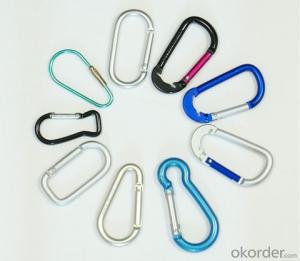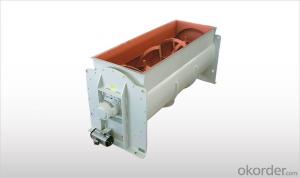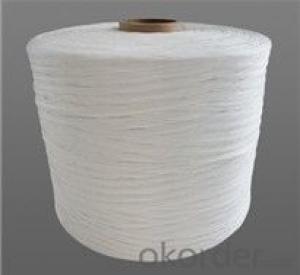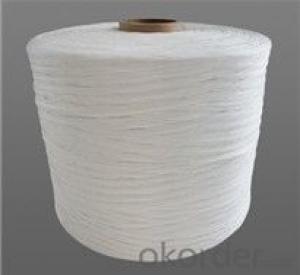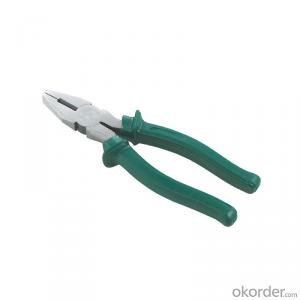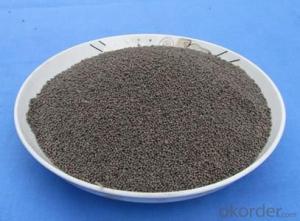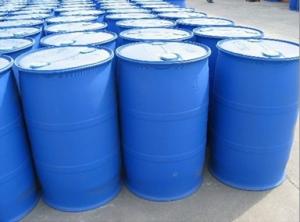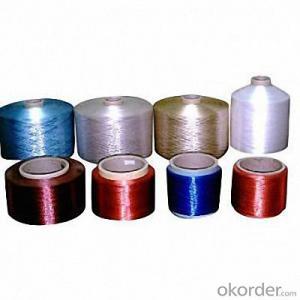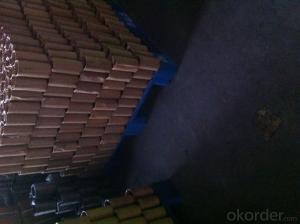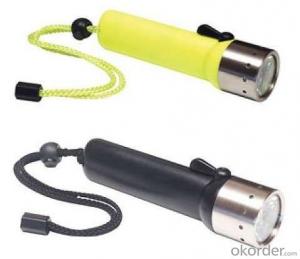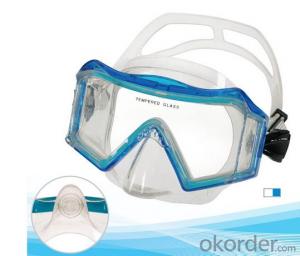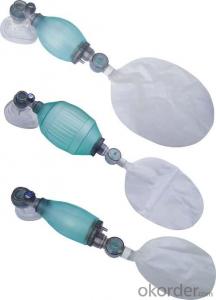Pond Liners Brisbane
Pond Liners Brisbane Related Searches
Containment Liners Environmental Liners Barrier Fence Netting Liners And Covers Dam Lining Plastic Netting Nz Corner Protector Singapore Plastic Garden Netting Uk Garden Sun Loungers Morrisons Trim Plastics Plastic Wall Corner Protectors Garden Plastic Netting Plastic Netting Uk Plastic Deer Netting Black Plastic Garden Netting Korogard Corner Guards Small Plastic Tubes With Lids Protective Netting Camping Sun Loungers Plastic Garden Netting Fencing Ribbon Yarn Sewing Yarn Methylcellulose Australia Glass Corner Protectors Paint Protection Film Toronto Commercial Sun Loungers Clear Plastic Netting Clear Bendable Plastic Colored Polypropylene Tubing Rigid Plastic NettingPond Liners Brisbane Supplier & Manufacturer from China
Pond Liners Brisbane offers a range of high-quality pond liners designed to meet the needs of various pond construction and water feature projects. These liners are made from durable materials, ensuring that they can withstand the test of time and provide a reliable barrier against water leakage. The product line includes both flexible and rigid pond liners, catering to different pond shapes and sizes, and ensuring that customers can find the perfect fit for their specific requirements.The application of Pond Liners Brisbane is extensive, as they are used in a variety of settings, from residential gardens to commercial properties. These liners are ideal for creating koi ponds, water gardens, fish farms, and decorative water features. They are also used in the construction of retention ponds, stormwater management systems, and other water storage facilities. By using Pond Liners Brisbane, customers can enjoy the benefits of a well-constructed pond or water feature, while also ensuring that their investment is protected from the elements and potential damage.
Okorder.com is a leading wholesale supplier of Pond Liners Brisbane, boasting a large inventory that caters to the diverse needs of customers worldwide. As a reputable supplier, Okorder.com is committed to providing high-quality products at competitive prices, ensuring that customers receive the best value for their money. With a wide range of pond liners available, Okorder.com is the go-to destination for those looking to purchase Pond Liners Brisbane for their projects.
